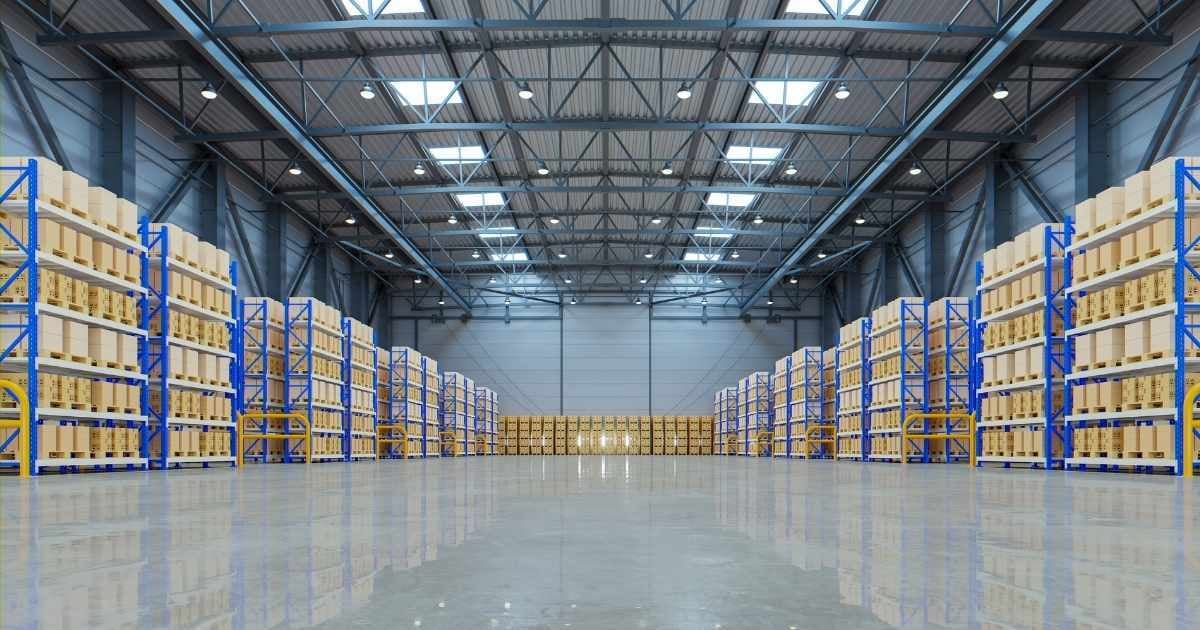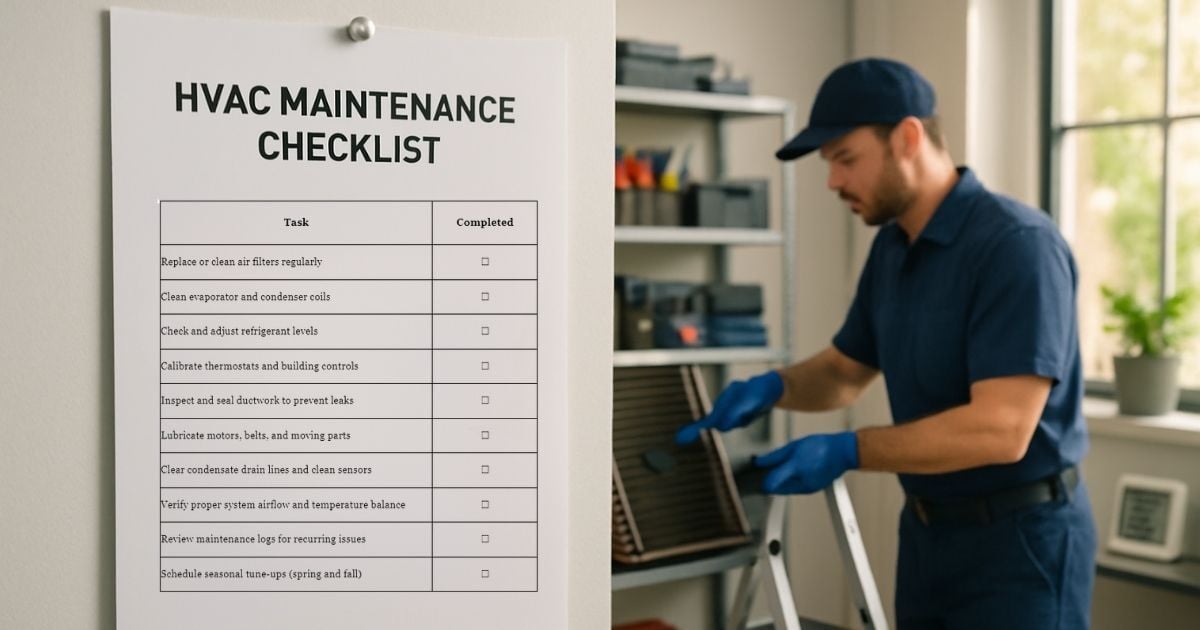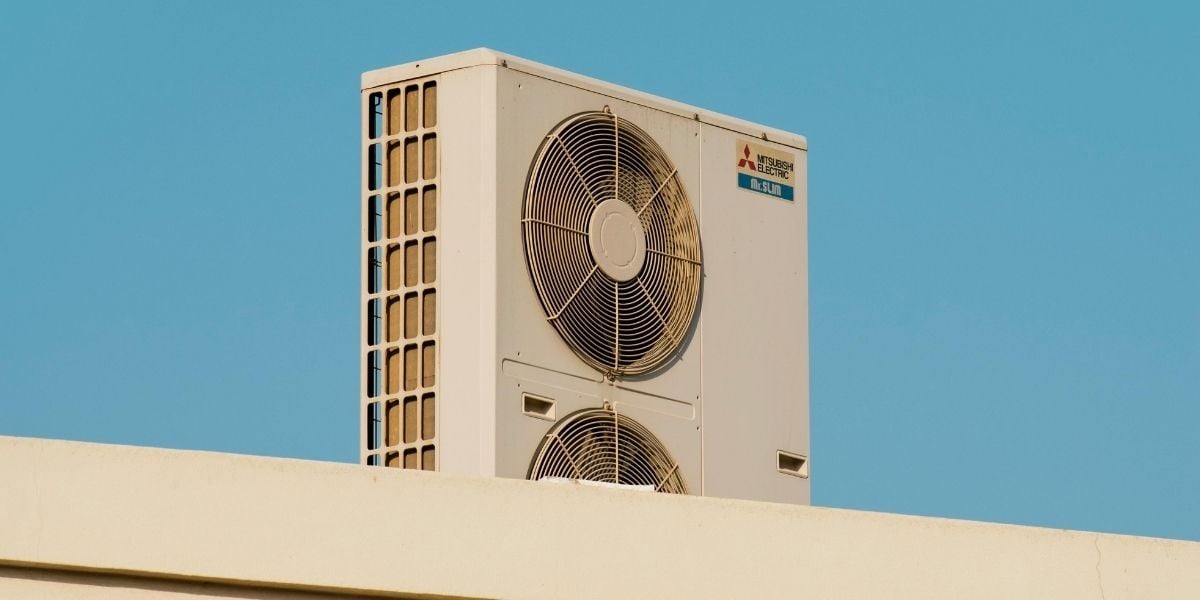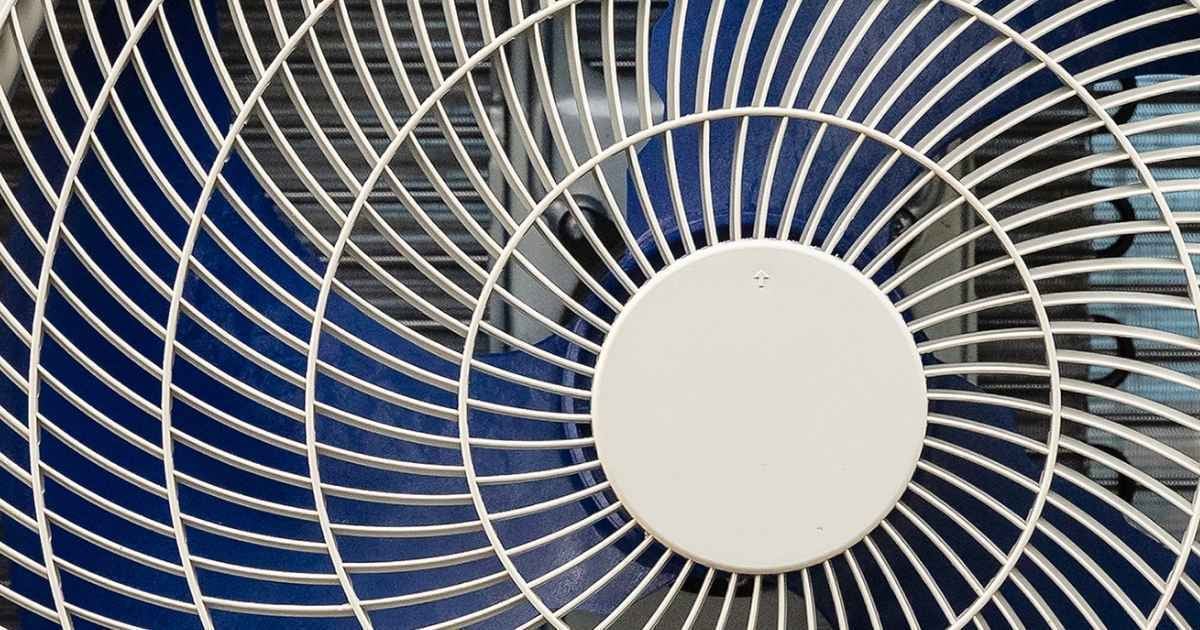Should I Retrofit My Current HVAC System or Replace it?
September 17th, 2025
4 min read
By Chris Cason
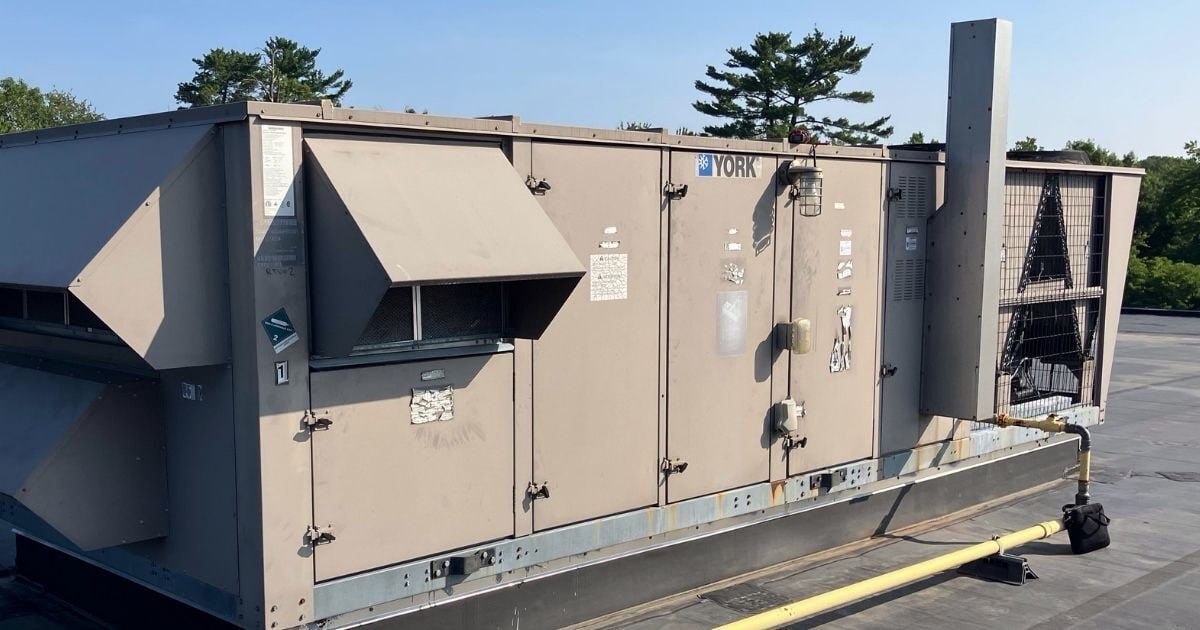
Do you feel like your commercial HVAC system is draining your energy budget, but you're not sure if it’s worth replacing? You're not alone.
For many facility managers and business owners across Massachusetts, this question comes up every time utility bills spike or maintenance costs stack up. Retrofitting sounds cheaper—at least up front. But what if you’re just throwing good money after bad? On the other hand, starting fresh with a new HVAC system can mean major upfront investment, downtime, and infrastructure headaches.
At Harold Brothers Mechanical Contractors, we've helped clients across New England make this decision the smart way. Whether you're managing a school in Worcester, a warehouse in Springfield, or an office building in Quincy, the right answer depends on your building, your goals, and your system's current condition.
In this article, we’ll help you answer the big question: Should you retrofit your current HVAC system, or replace it entirely? You’ll learn how to weigh the costs, lifespan, performance, and long-term savings of each path so you can make an informed decision.
What Is an HVAC Retrofit?
Retrofitting is when you upgrade or modify parts of your existing HVAC system to improve performance, efficiency, or lifespan. It’s not a full replacement; think of it more like giving your system a facelift.
Common retrofits include:
- Swapping out old motors or compressors for high-efficiency models
- Upgrading from pneumatic to digital controls
- Installing variable frequency drives (VFDs) on fans and pumps
- Adding demand-controlled ventilation or economizers
- Replacing old thermostats with smart controls
Many of these strategies are recommended by the DOE’s variable refrigerant flow (VRF) air conditioners and heat pumps guide, which explains how these upgrades improve efficiency.
These upgrades can help you reduce energy use, increase comfort, and comply with evolving energy codes, without ripping everything out.
But there’s a catch: retrofits only work if the base system is still solid. If you’re constantly calling for emergency repairs or battling comfort complaints, upgrades might just delay the inevitable.
When a Retrofit Makes Sense for Your Building
Many Harold Brothers customers use phased retrofits as part of a 5- or 10-year capital improvement plan. This is a strategy supported by resources like Mass Save’s business incentive programs that allow you to implement upgrades in stages without overwhelming your budget.
Retrofitting may be the right call if:
1. Your System Is Structurally Sound
If your air handlers, ductwork, and mechanical components are still in good shape, but you want better controls, zoning, or efficiency, then a retrofit can give you modern performance without the full price tag. If you’re weighing the cost of retrofitting versus replacing, our Massachusetts commercial HVAC cost guide breaks down typical price ranges for common systems.
2. You Have Budget Constraints
Let’s face it, replacing an entire HVAC system can cost hundreds of thousands of dollars. Retrofitting allows you to stretch your investment over time. Many Harold Brothers clients use phased retrofits as part of a 5- or 10-year capital improvement plan.
3. You’re Looking for Quick Wins
Some retrofits, like smart thermostats or upgraded controls, pay for themselves quickly through energy savings. If you're not ready for a full replacement, these can help you see short-term ROI.
4. Your Building Has Historical or Structural Limitations
In some older or historically preserved buildings, a full replacement might be restricted. Retrofitting is often the only viable option.
When It’s Time to Replace Your HVAC System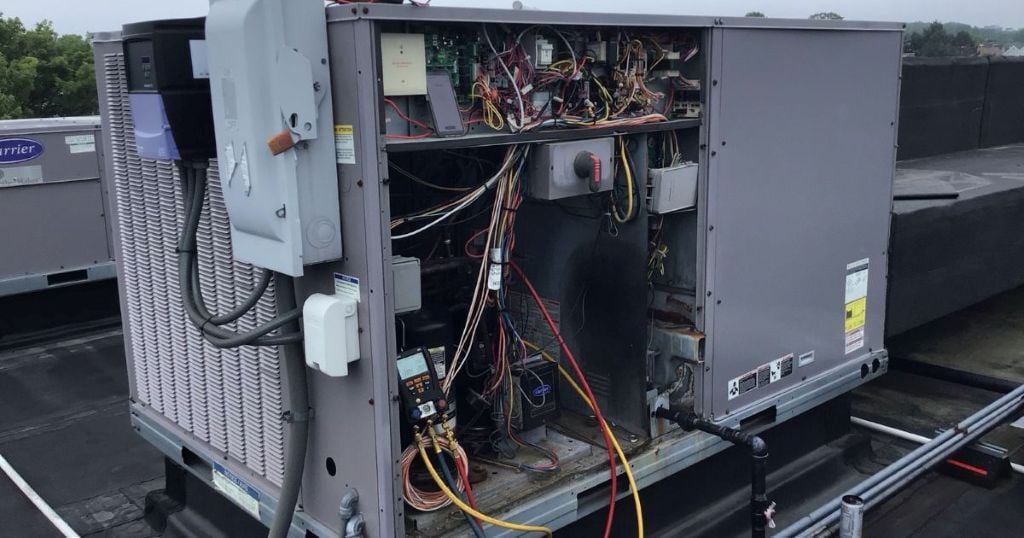
As tempting as retrofitting may sound, there are situations where a full system replacement is the smarter—and ultimately cheaper—move.
1. Your System Is 20+ Years Old
Even the most well-maintained systems reach a point where the parts are obsolete, the refrigerant is phased out, and the efficiency can’t compete. After 20 years, replacement often beats repair.
2. Your Energy Bills Keep Increasing
If you’ve already done the retrofits and your utility bills are still out of control, it may be that the core equipment is just too outdated to perform efficiently. Modern systems like VRF, geothermal, or high-efficiency packaged units can cut energy use by 30% or more.
3. You’re Expanding or Planning a Major Renovation
If you’re remodeling or adding square footage, it might be easier and cheaper in the long run to design a new system from the ground up rather than trying to patch old components into a growing infrastructure.
4. You're Constantly Paying for Repairs
Look at your maintenance logs. If your system is breaking down more than twice a year or you’re spending more than 10% of its replacement cost on fixes, it’s time to talk replacement.
The Hidden Cost of Constant Repairs
Too often, we see commercial property owners opt for one-off fixes that seem cheaper, until they add up. Maybe you can replace a fan motor this year. A control board next year. Then a compressor. Then another one. And all the while, your system is still chewing through energy and producing hot/cold complaints.
It’s like replacing tires on a car with a failing transmission. The real savings come from smart planning, not patchwork repairs.
Retrofit vs. Replacement: Quick Comparison Chart
|
Factor |
Retrofitting Your Existing System |
Replacing with a New System |
|
Upfront Cost |
More affordable initial investment |
Significant initial investment |
|
Long-Term Savings |
Some energy and maintenance savings |
Maximum savings on energy and repairs over time |
|
System Life Extension |
Adds 5–10 years to current system |
New system lasts 15–25 years with proper maintenance |
|
Downtime During Installation |
Minimal disruption to operations |
May require temporary downtime depending on project scope |
|
Best Fit For |
Buildings with solid infrastructure that need performance upgrades on a budget |
Buildings with outdated, unreliable, or inefficient systems needing full modernization |
Get a Professional HVAC Evaluation First
Before you commit to either path, bring in an experienced mechanical contractor for a system assessment. They will evaluate:
- Equipment age and condition
- Duct layout and air distribution
- Controls and automation capabilities
- Energy consumption patterns
- ROI projections for retrofit vs. replacement
This isn’t a guess; it’s a data-driven approach that helps you make the smartest decision for your building, budget, and long-term goals.
Making the Right Decision for Your Building
If your current HVAC system is still in good shape, retrofitting might give you the performance boost you need without blowing your budget. But if you're battling inefficiency, constant repairs, or system failures, it may be time to start fresh.
Trying to delay a replacement by retrofitting the wrong system can lead to higher long-term costs, more downtime, and frustrated occupants. Smart decisions come from smart planning.
Want to see how HVAC upgrades pay off in the real world? Check out our article: What’s the ROI of Preventative HVAC Maintenance?
Harold Brothers Mechanical Contractors has helped commercial clients across Massachusetts, Rhode Island, and Southern New Hampshire design, maintain, and modernize their HVAC systems for over 15 years. Whether you retrofit or replace, our goal is the same: maximize performance and minimize waste.
Topics:













